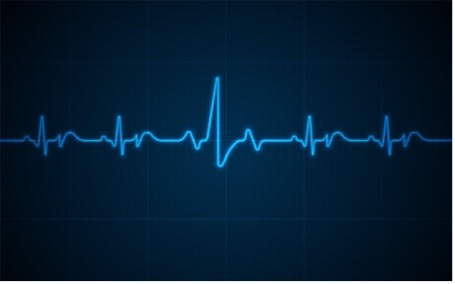Injector of a Miniaturized Capsule for Subcutaneous ECG Monitoring
TECHNOLOGY NUMBER: 2020-518

OVERVIEW
Miniaturized ECG monitoring system with advanced subcutaneous injector
- Enhances accuracy and usability of continuous ECG monitoring via miniaturized, injectable capsule
- Applies to continuous heart rhythm monitoring, atrial fibrillation detection, improved cardiac care
BACKGROUND
The electrocardiogram (ECG) is a fundamental diagnostic tool used to assess cardiac function, particularly under conditions like general arrhythmias and atrial fibrillation (AF), which affects over 33 million people worldwide. Accurate, continuous ECG monitoring is crucial for managing these conditions effectively. Traditional methods and recent wearable ECG monitors fall short in providing reliable, high positive predictive values and have seen limited uptake among clinicians. This gap highlights the need for a more dependable monitoring solution. Wearable devices often lack continuous monitoring capabilities and may not meet the precision required for accurate diagnosis and management. Thus, an efficient and accurate method for continuous heart rhythm monitoring is needed to improve patient outcomes and aid clinicians in effective diagnosis and treatment.
INNOVATION
Researchers at the University of Michigan have developed a novel system for continuous ECG monitoring, featuring a miniaturized subcutaneous capsule and advanced algorithms for enhanced accuracy. The capsule, the smallest in its class, is designed to be injected under the skin and communicate with an external device, such as a smartphone, providing accurate and manageable cardiac rhythm assessments. Accompanying this innovation is a specially designed injector, similar in size to a pen, for easy handling and minimal tissue damage during capsule insertion. The injector features a dual-beveled needle, outer casing, and plunger, optimized through stress simulations and strain analyses to ensure smooth operation. Pre-packaged and sterilized for single use, it simplifies the procedure for clinicians, enhancing the device's practicality. This technology offers real-world applications such as continuous heart rhythm monitoring, detection of atrial fibrillation, and overall improved cardiac care.
-
expand_more mode_edit Inventor (9)Omer BerenfeldHakan OralGrant KrugerLindsey Furness LinNicola NunuAnthony SalmeronSamuel ShriftAllison VittertJack Yang
-
expand_more cloud_download Supporting documents (1)Product brochureInjector of a Miniaturized Capsule for Subcutaneous ECG Monitoring.pdf